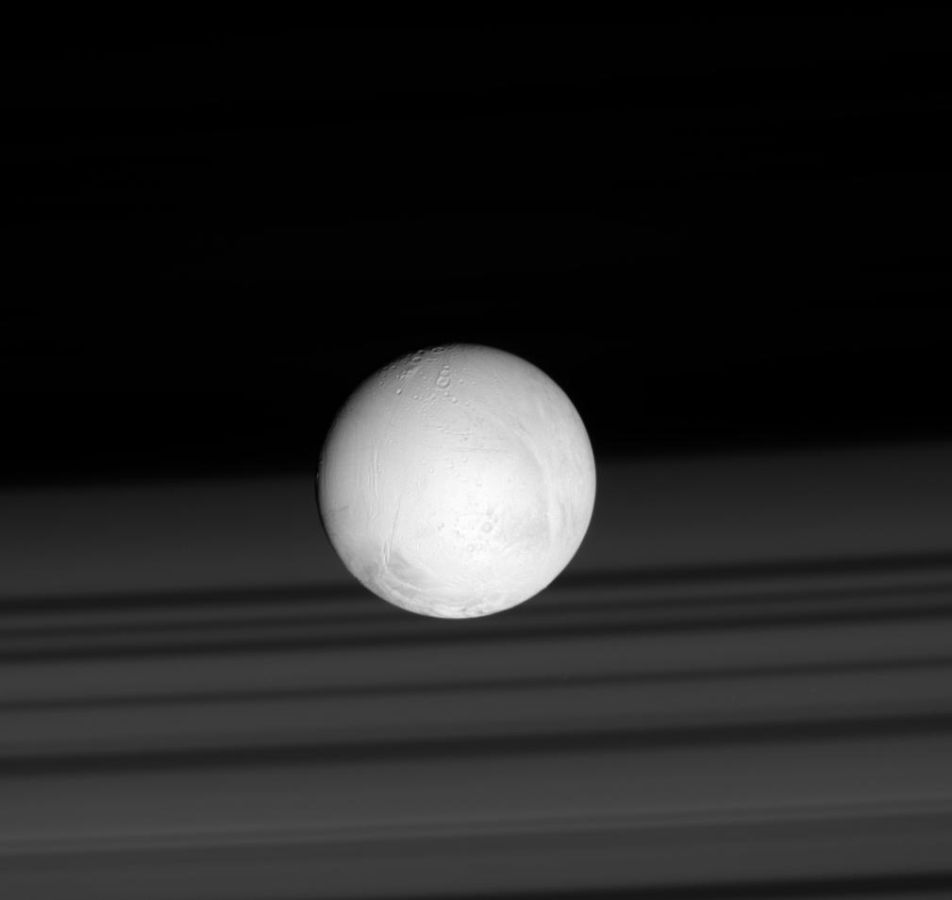Simone Aubert
Sound is always spatial, despite our lack of attention to this fact. Perhaps even more important than sight for day-to-day life, we only know the shape of things around us because of the way sounds bounce off objects. Although sound is often overlooked as a device for appreciating space, acoustic artists and musicians are intensely aware of its capacity to sculpt the environment around us.
Meanwhile, space missions armed with an array of probes and microphones are collecting extraordinary sounds from space. NASA and the European Space Agency have made much of their data accessible to the public, yet in a casual encounter they often seem abstract and even cacophonous. As much as we might try to imagine ourselves out in space with these sounds, taken in isolation, they can be alienating. This is similar to astrophysics imagery, which, as Cosmos Archaeology repeatedly demonstrates, requires special platforms to enable human comprehension, including frameworks of interpretation, modelling, and visualization.
Musician Simone Aubert was invited to create this work because she composes sonic worlds for the theatre and dance, as well as for contemporary music ensembles. Aubert’s primary concern for this commission was to bring space back into relation with our bodies. Based on the notion that space is silent, and that sound waves cannot pass through dark matter, Aubert decided to concentrate on sounds recorded on other planets, mainly from the Mars Perseverance rover instead of using noise from the voids of the cosmos. The resulting eight-speaker “octophonic” sound installation, Sounds of Space, is composed for one voice and five sounds captured in space.

Images courtesy of NASA. CC-bY-03.

Images courtesy of NASA. CC-bY-03.

Images courtesy of NASA. CC-bY-03.